If you’re anything like me, you’ll be spending holidays with family and friends, eating, laughing, and, of course, making lots and lots of photographs. At our annual holiday gatherings there are an abundance of children.
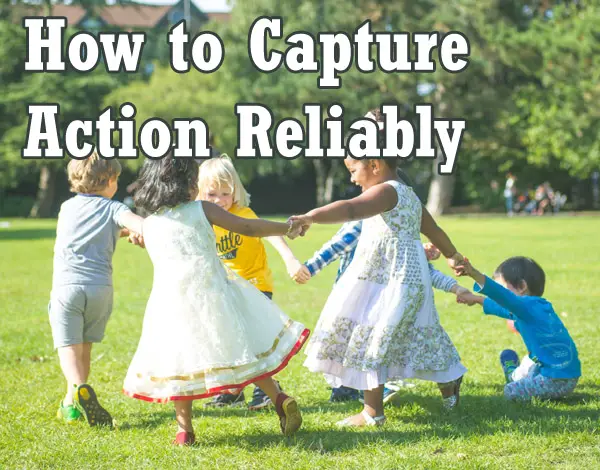
And children make great subjects for photography except for one problem: they don’t sit still. A moving target is one of the most difficult things to photograph. Read on for some tips that should help make things a little easier.
If children just sat still all the time, it would be a lot easier on parents and photographers, but you wouldn’t be able to capture the joy of a child running through the grass or leaping through the air. It’s difficult to capture action like this for several reasons:
- Because the target is moving, your point of focus keeps shifting. Even modern auto-focus systems can’t quite keep up with a moving child who is constantly changing direction. And it’s even worse if the subject is moving towards or away from you.
- Shutter-speeds have to be high to freeze action without visible motion blur. That means you need lots of light. Outdoors, hope for a bright day. Indoors, flash.
- If you have a digital compact camera, shutter lag is one of the child photographer’s worst enemies. This is the delay between when you press the shutter and when the photo is actually captured. This will hopefully be a thing of the past but even today many lower-end cameras exhibit this problem. This is one of the very few areas where better equipment can really help make a better photograph.
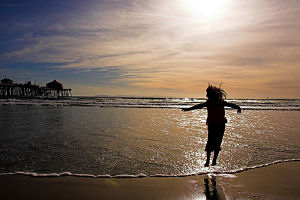
I’ve deleted innumerable photographs of blurry children or kids half-way out of the frame. So, what can you do about all this? As with all photography, a little planning, a little knowledge, and a lot of practice. Let’s tackle the issues above one by one.
First, focus. Focusing on a moving child is difficult. Remember that the point of focus is a plane at a certain distance from the lens. Objects moving in the plane (across the frame) will stay in focus and objects moving through the plane (towards or away from you) will quickly go out of focus.
If you can, try to arrange yourself so that the action is moving past you, not towards you. If you must take shots moving towards or away from you, try this trick: try and predict where the action will happen and focus on that point. You’re setting a focus “trap.” Then you just wait for the subject to pass through that point and shoot. If your camera has a burst mode, use it.
You may find that only one of every three or four photos is in focus. The fact is, no matter how much you practice or how good you get at it, you will still make lots of blurry photos. But digital saves the day: shoot lots, review, and delete.
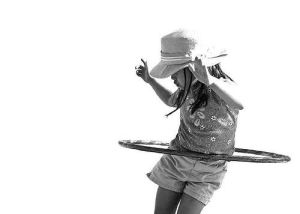
Next up, shutter speed. A high shutter speed is crucial for freezing motion and capturing sharp details. The right shutter speed to use depends partly on how fast your subject is moving (and in which direction) and how long your lens is (how zoomed in you are). The rule of thumb for shutter speed is 1 over the focal length of your lens. That is, if you are using a 100mm lens, your shutter speed should be at least 1/100s.
Basically, the higher the zoom, the faster the shutter speed should be. But if your target is moving, you should at least double or triple that. For kids, I’d try for the fastest shutter speed you can manage, 1/500s or even faster. In direct contrast to focus, freezing motion is easiest when the subject is moving towards or away from you and more difficult when the subject moves across the frame (because there is more apparent motion).
Your camera’s “Sport” mode was designed to capture action by using the fastest shutter speeds possible. Sport mode will also sometimes turn on a predictive focusing mode depending on your camera model.
But freezing motion isn’t the only option. Sometimes, a little blur is just what is needed to capture the feeling of motion or speed. There are basically two ways to capture motion blur and both involve using a slower shutter speed than you would to freeze action. Set the shutter speed to 1/60s or slower. Then,
- To capture a blurred subject and a sharp background, point the camera at a fixed location and let the subject move through the frame.
- To capture a sharp subject and a blurred background, track the subject with the camera at the same speed the subject is moving while you capture the image. This technique is called “panning.”
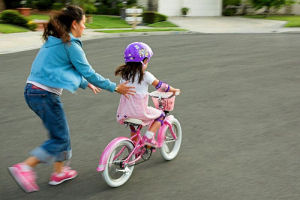
1/40s @ f/20
Finally, shutter lag. Dreaded, terrible shutter lag. It is one of the most frustrating issues with digital compact cameras. There are a couple of things you can do to combat it. Try your best to predict the action and press the shutter a half-second early. This works but it takes lots of practice and you need to make a lot of shots.
Also, try pre-focusing. Most cameras will let you focus and hold the focus by pressing the shutter half-way. As long as you keep the shutter pressed half-way, the focus will remain at the same point. Press the shutter the rest of the way to take the picture. This eliminates focusing time and cuts down lag considerably.
When shooting action, there’s no silver bullet that will allow you to capture the perfect photo every time. But, keeping these issues and techniques in mind, and with practice, you can get the shots you want much more often.
Click the following link for an article on the best action cameras for any budget.


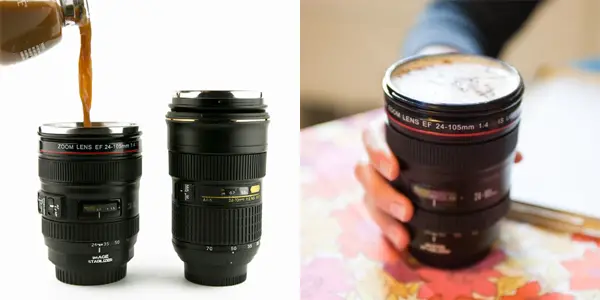
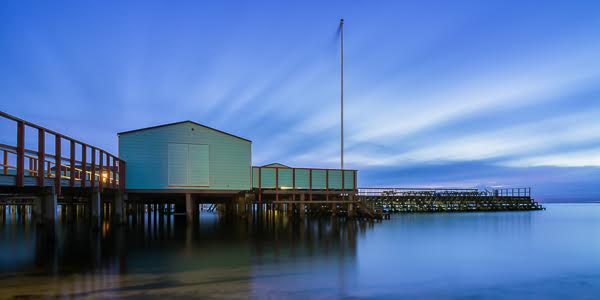





Blurry kids. I can’t say how many times I’ve had this happen to me. Even though the technical part of me knows what I need to do to avoid them, it’s never easy to do it right — either there isn’t enough light or I take too long fiddling with the camera and the moment has passed. Oh well… practice practice practice.
I must say though, with digital, I find myself using burst mode much more often now. I need to get over my reluctance to delete pics, but it’s a great way to increase your chances of getting the right shot.
For me the key is knowing that I’ll be shooting action shots and preparing in advance. For those with more advanced cameras like a Nikon D70, I use the AF-C setting (auto-focus continuous servo) versus the AF-S (auto-focus single servo) setting. AF-S is the default, where as AF-S must be set via the options menu. AF-C basically tracks the object and continually refocuses as the object moves. It takes a little practice getting the hang of it, and of course variables such as light and lens used can vary the results, but for freezing action crisply, it works wonders. For fun, just have your kid get out on their bike and go practice shooting at various angles – you’ll end up with at least one winner.
I have a Canon 20D and am sports mad. Triathlon so that’s fats swimming, fast cycling and running. I also have very active kids. I’ve takens loads of pics and was always frustrated with the hands or feet being blurred. How did I resolve this.
1. Increase ISO to min 400
2. Go for at least shatter speed of 1/500
3. Depending on your lense go as low as you need to. I find F4 to F5 works a treat.
I can’t say they are all sucesfull but I can say that out using these settings on average out of 100 shots I have 80 good ones and at least 20 near spot on.
Good tips! Kids may be the most difficult subjects of all.